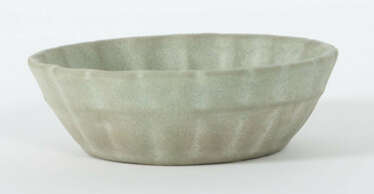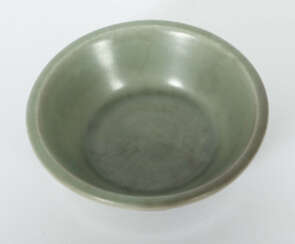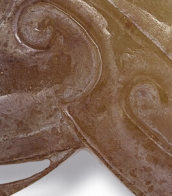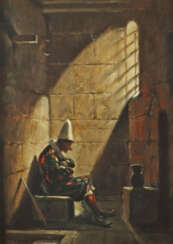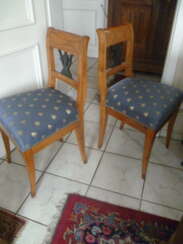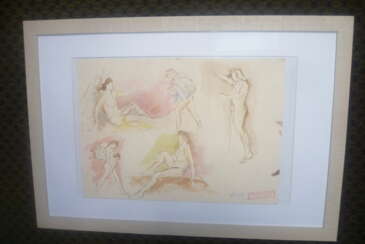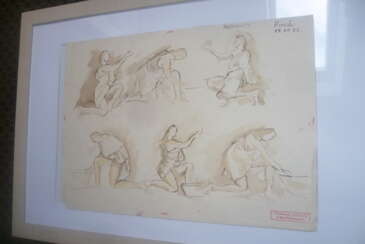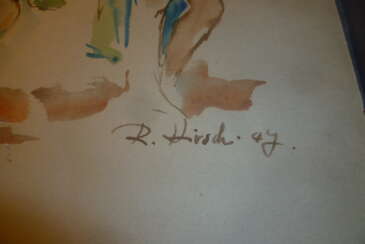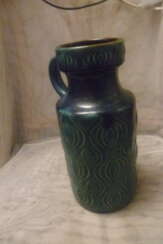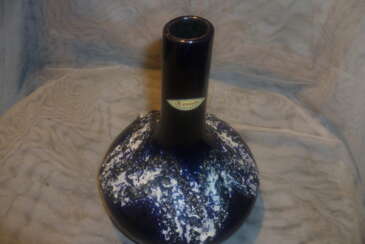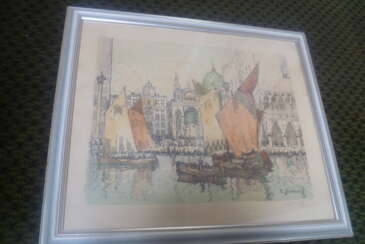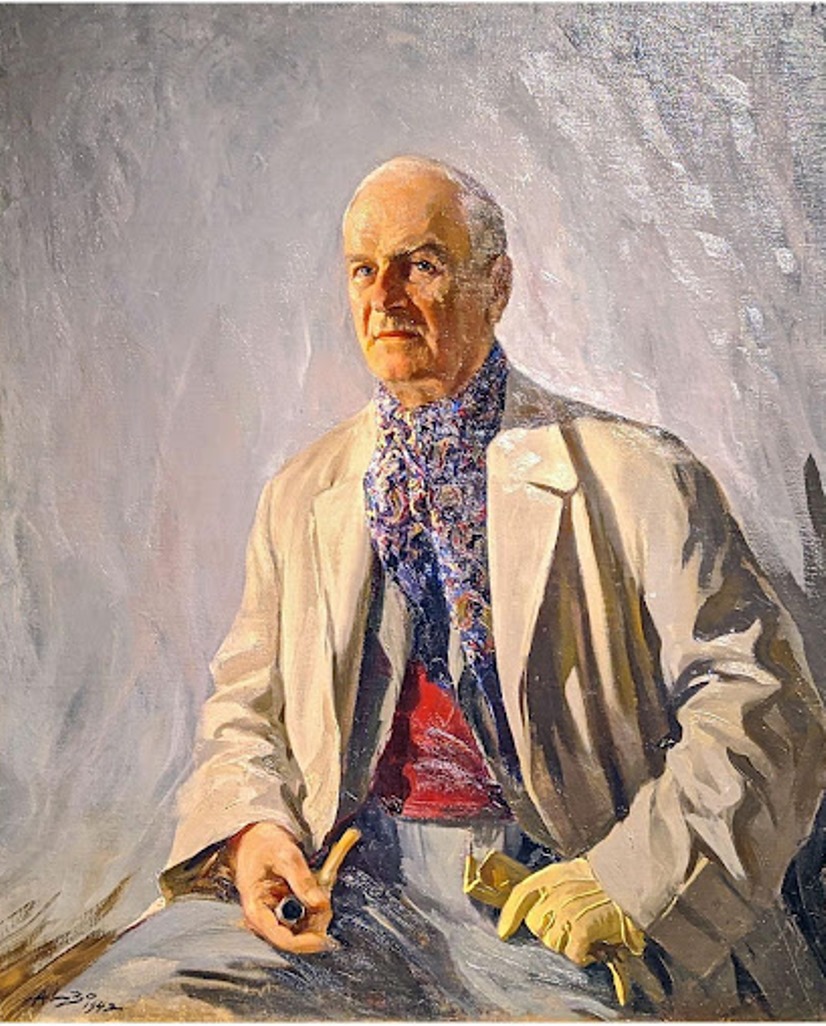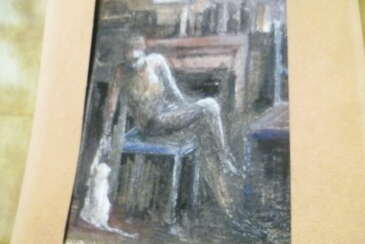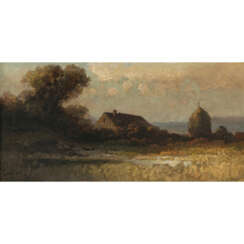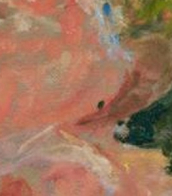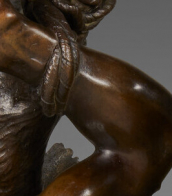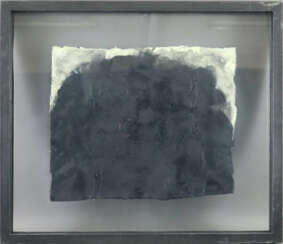27 Items by auctions and galleries:
ascher
Georg Grosz1893 -1959Eva Grosz
George Grosz (1893 - 1959) 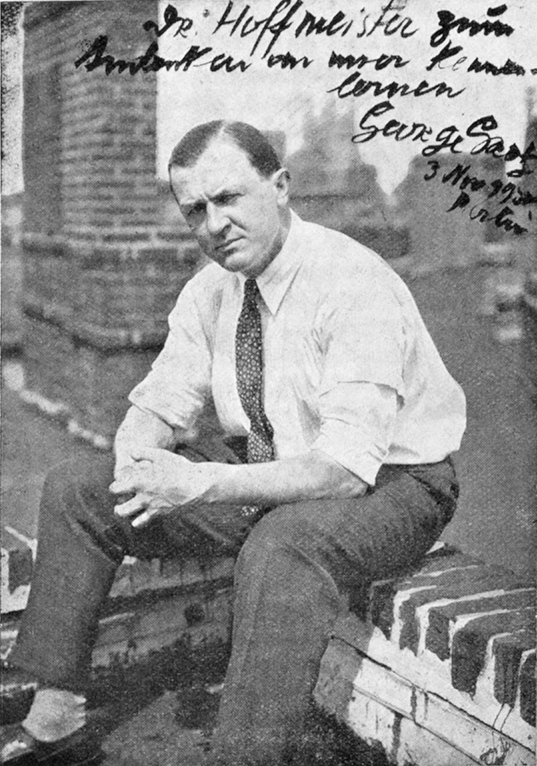 Shop Artkunst
Shop Artkunst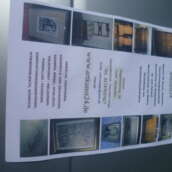

George Grosz
26.07.1893 - 06.07.1959
Germany
George Grosz was a twentieth-century German painter, graphic artist, and cartoonist. In his work one can find features of various styles of avant-garde art, including Dadaism, Expressionism, and Futurism.
George Grosz drew in every style in a sharp-grotesque and satirical spirit, ridiculing the vices of society. The erotic theme, which occupied a prominent place in Gross's work, was executed in the same spirit.
Grosz devoted more than 20 years to teaching at the Art Students League of New York, and was elected an honorary member of the American and Berlin Academies for his outstanding services to the arts.

Shop
Artkunst
Germany
Number of products: 144
Lot 309 Oskar Mulley
Oskar Mulley (1891 - 1949) 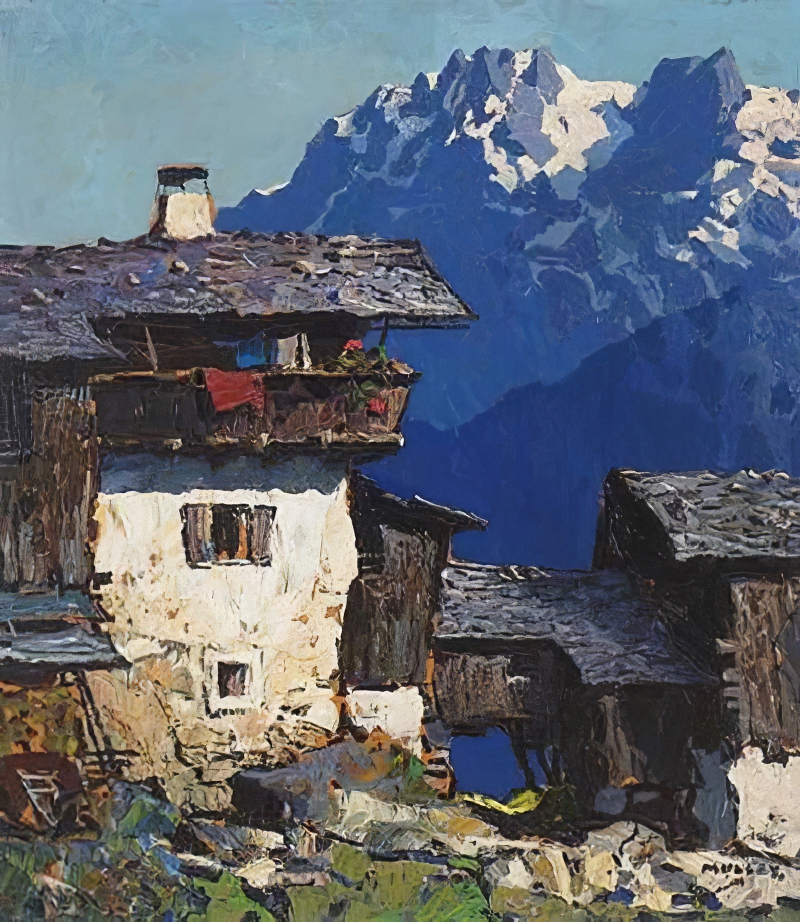 A419: Kunst und Antiquitäten Winter 2025
A419: Kunst und Antiquitäten Winter 2025 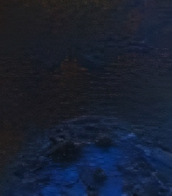

Oskar Mulley
22.04.1891 - 15.01.1949
Germany
Oskar Mulley was a modern Austrian painter who is primarily known for his paintings of mountain landscapes.

Kunstauktionshaus Neumeister
A419: Kunst und Antiquitäten Winter 2025
Date: 03.12.2025 14:00 UTC +01:00
Number of lots in the catalog: 356
Lot 546 2 Murano-Aschenbecher und Schale, Aschenbecher Klarglas oranger Innenfang 18x10 cm, Ascher Klarglas roter Innenfang Dm.14 cm, H.13 cm und Schale mehrfarbiges Glas Dm. 23 cm
Kunst und Antiquitäten 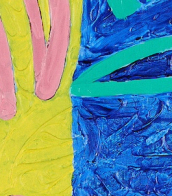

Auktionshaus Satow
Kunst und Antiquitäten
Date: 15.11.2025 11:00 UTC +01:00
Number of lots in the catalog: 1075







